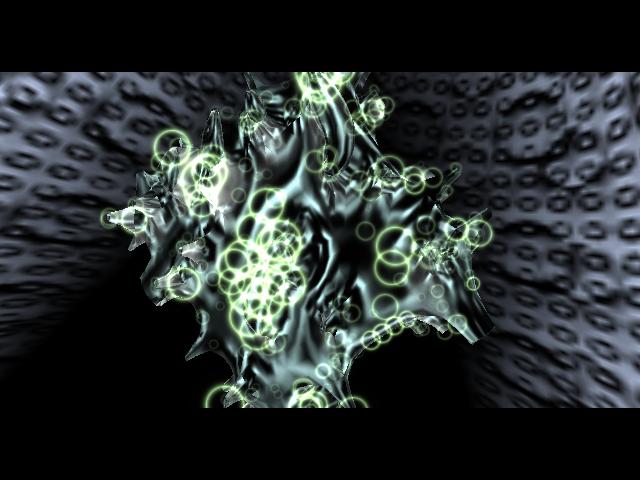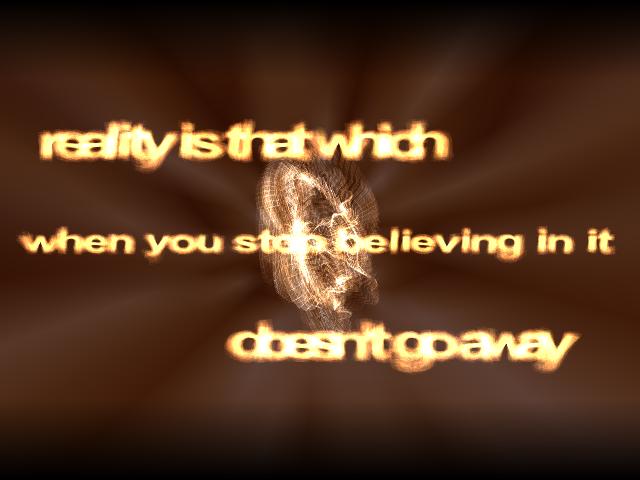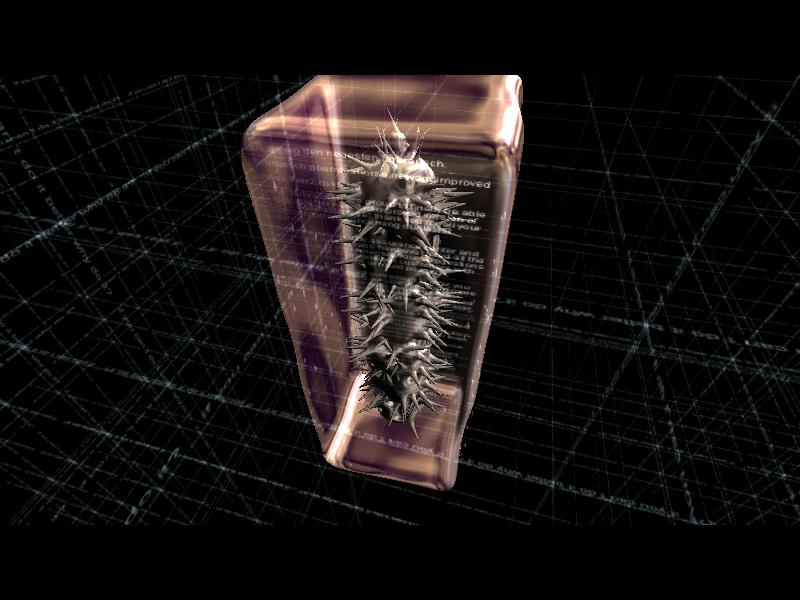 |
|
Current date and time at the server: Wednesday, July 9th, 2025 3:18:20 AM |
|
Features |
|
|
|
|
| |
|
|
| |
|
|
|
|
| |
| |
| |
| |
| |
|
Player Stats and Rankings |
| |
| |
| |
| |
| |
| The Demo Scene :: still alive
by Maverick, with portions from 'What is "The Demo Scene"?' by Rich Thomson |
|||||||
|
"A demo is a program that displays a sound, music, and light show, usually in 3D. Demos are very fun to watch, because they seemingly do things that aren't possible on the machine they were programmed on." - Trixter's PC Demos Explained
Ever since networks and computer communication existed, hackers have lurked amongst us. In the early 1980's, when computer software was exorbitantly expensive, hacking groups originated and organized to thwart the ever increasing complexity of copy protection preventing game duplication and distribution. The Demo Scene originated from this hacker subculture. The hacking groups were in competition with each other to see who could crack the protection the fastest. At first, these groups just signed each of their crack releases with a text file tag, but as time went on, the hacking groups started adding small graphical snipets to promote their group and their technological expertise. These credit animations were simple at first and were just promotional for the group, then began to include sound and became longer and more complex. The animations were sometimes called "cracktros" or "intros", and as they became more sophisticated, they began to attract their own group of designers and coders focused more on the "intros" release and creation than the crack itself. Somewhere around this time, as the "intros" got longer and more impressive, the "intros" were renamed to be "demos" and continued to be a demonstration of their creator's skills. The demo scene started to attract some attention, and a new art form was born and designed. Around this time, the demo scene separated itself from hacking and software piracy. The demos began to become standalone pieces of software and were no longer attached to the pirated software distribution package. |
|||||||
| nemesis :: self-titled 1st place 64kb competition the gathering 2004  |
|
||||||
| Today's Demos | |||||||
| Early on, demos relied on software rendering or direct access to video hardware in order to perform correctly. Early demos were created on the Commodore 64, Amiga, or the Atari ST. Now, since the personal computer market has matured and 3D video hardware is standard issue, a majority of demos are created to work in Windows or Linux, although demos are still created on the original classic platforms, as well as special demos created for XBox, Macintosh, Playstation 2, and even some homebrewed custom hardware solutions. | |||||||
| spinningkids :: pk is dead 4th place mekka symposium  |
|
||||||
| Demo Components | |||||||
| Intros or demos can be made by a single person or a group of people. Typically groups consist of coders, musicians, and graphic artists. In most cases, the coders deal with how the camera angles and movements work. Coders also generate the algorithms used to create the models within the demo. The musicians create the soundtrack that accompanies the demo. The soundtrack consists of a synthesizer sequence combining multiple samplings of instruments arranged into tracks. These tracks are compact in size yet can be easily manipulated for a dynamic performance. Lastly, the graphic artists contribute things like still images and 3D models to the demo. The artists are commonly responsible for storyboarding the demo and maintaining cohesiveness. | |||||||
| farbrausch :: poemtoahorse 1st place mekka symposium 2002  |
|
||||||
|
recommended links for starters [www.scene.org/tips.php] [www.pouet.net/prodlist.php] [www.farb-rausch.com] related links [www.scene.org] [www.256b.com] [www.ojuice.net] [www.scenemusic.net] [www.pouet.net] [pilgrimage.scene.org] [www.blasphemy.dk] |
|||||||